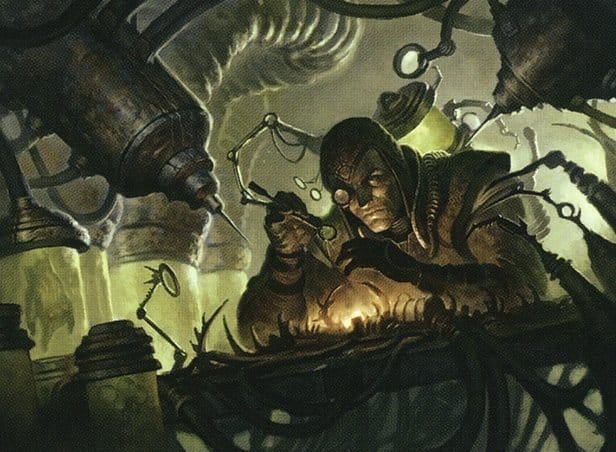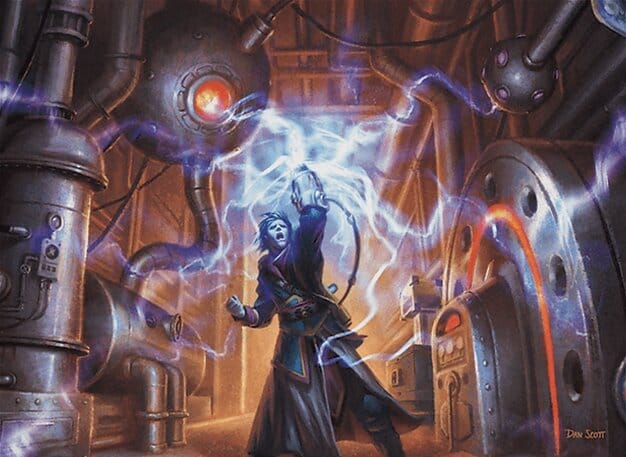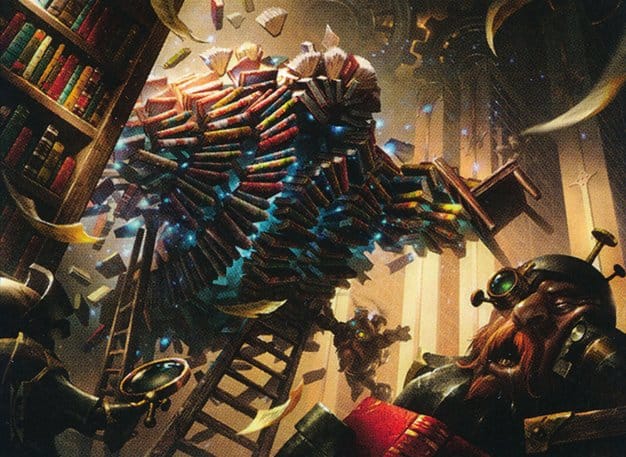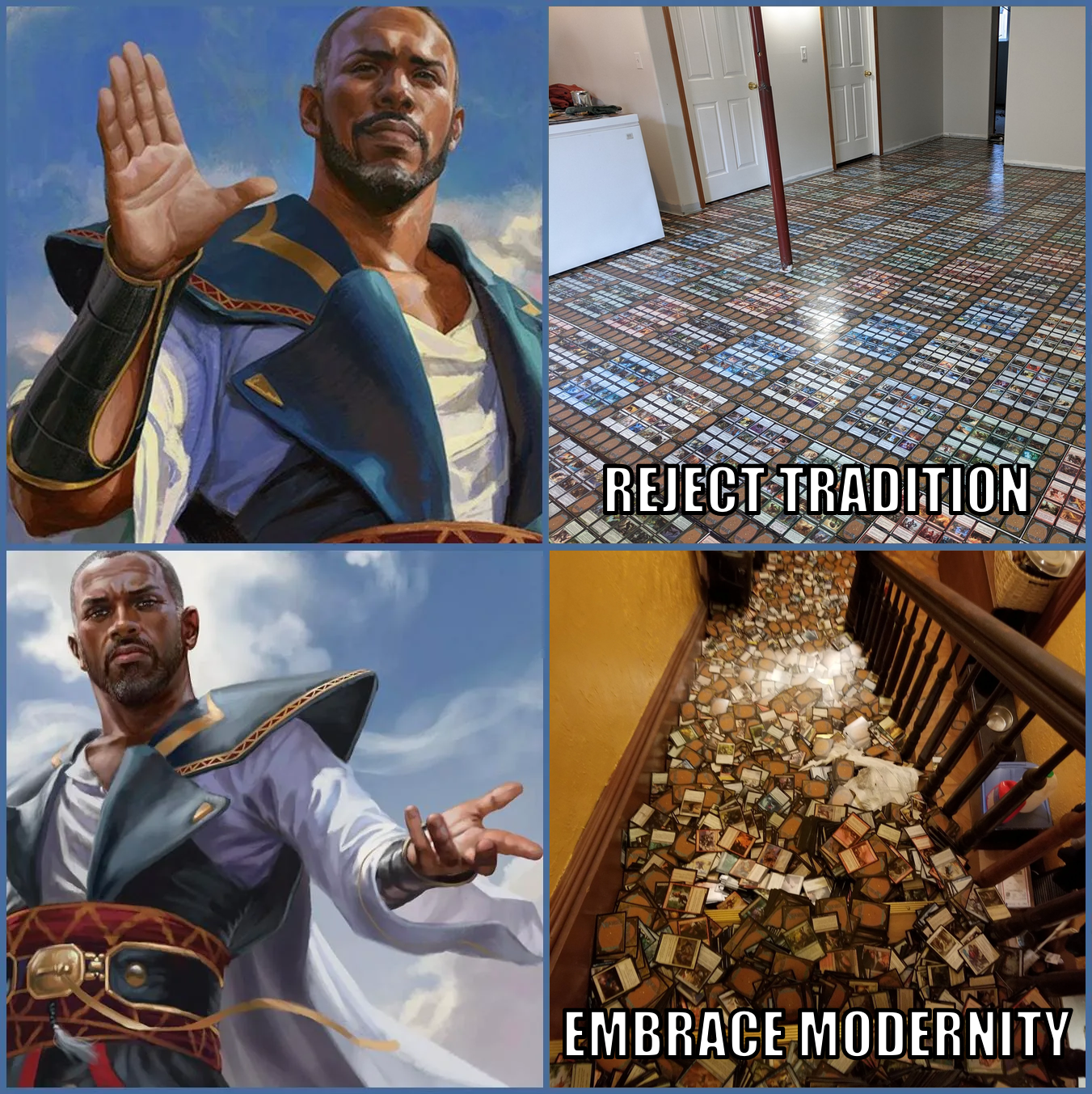If Amazon Ran a TCG Singles Business (Part 6)
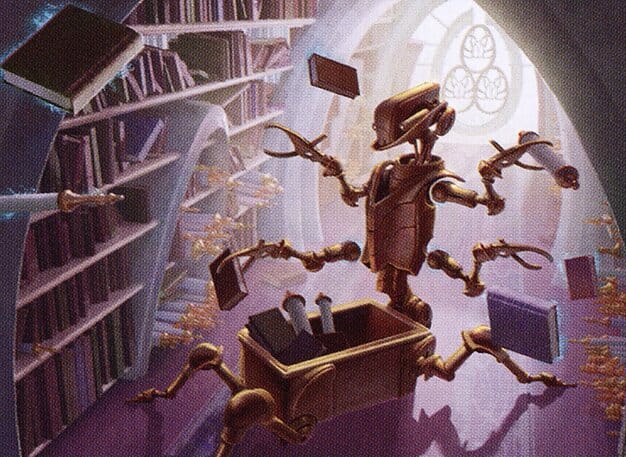
We’ve explored the concept of chaotic warehousing, looked at a possible implementation and explored the pros and cons, and heard from a store that’s experimenting with potential systems now.
Is there a store who is already successfully using a chaotic warehousing approach though? There are a few that we’ve heard of and one of them, GameTronics, agreed to chat with us about how it’s working for them. We sat down with Matt Balcom, owner of the store to hear his story.
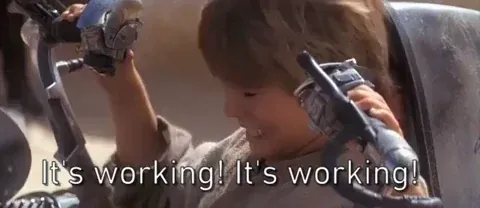
Until recently, Matt operated his store completely by himself so efficiency was key for him. Even now, he is almost entirely responsible for managing the store’s singles inventory of over 100,000 cards.
Before the pandemic, his TCG singles sales were a small part of his business and his inventory was relatively small - inventory management wasn’t a major problem for him. As it did for many stores, his TCG sales grew rapidly as the pandemic hit and during lockdowns. Alongside that, his inventory started to grow as more opportunities to buy collections were available.
The Need for a New System
Facing a growing inventory and higher sales volume, he knew he was going to need to implement a more robust inventory management system to ensure he was able to find cards, fulfill orders and maintain customer satisfaction. However, looking at the industry standard approach of alphabetization, he also knew he wouldn’t have the time to spend hours sorting cards.
“Stores typically turn over only 30% of their singles inventory each year. If you’re sorting every single card, that means 70% of your efforts are wasted.”
Interestingly, chaos warehousing wasn’t an idea he discovered through research. Bin sorting, as Matt calls it, was something he was already doing with his video game inventory. A similar dynamic existed in the second hand video game sales - alphabetization was the standard approach but Matt could only see how much time he’d waste following that system. He figured that adopting the same approach with his TCG singles would work just as well, if not better.
Matt mapped out his ideal system before attempting anything - it had to make sense in his head before he was willing to try it. He knew that he would need some level of automation to reduce time spent on the input side as well as software systems to track the locations of cards and integrate with his sales platform. His experience with coding meant that he could write custom software and he equipped himself with a Magic Sorter to handle input.
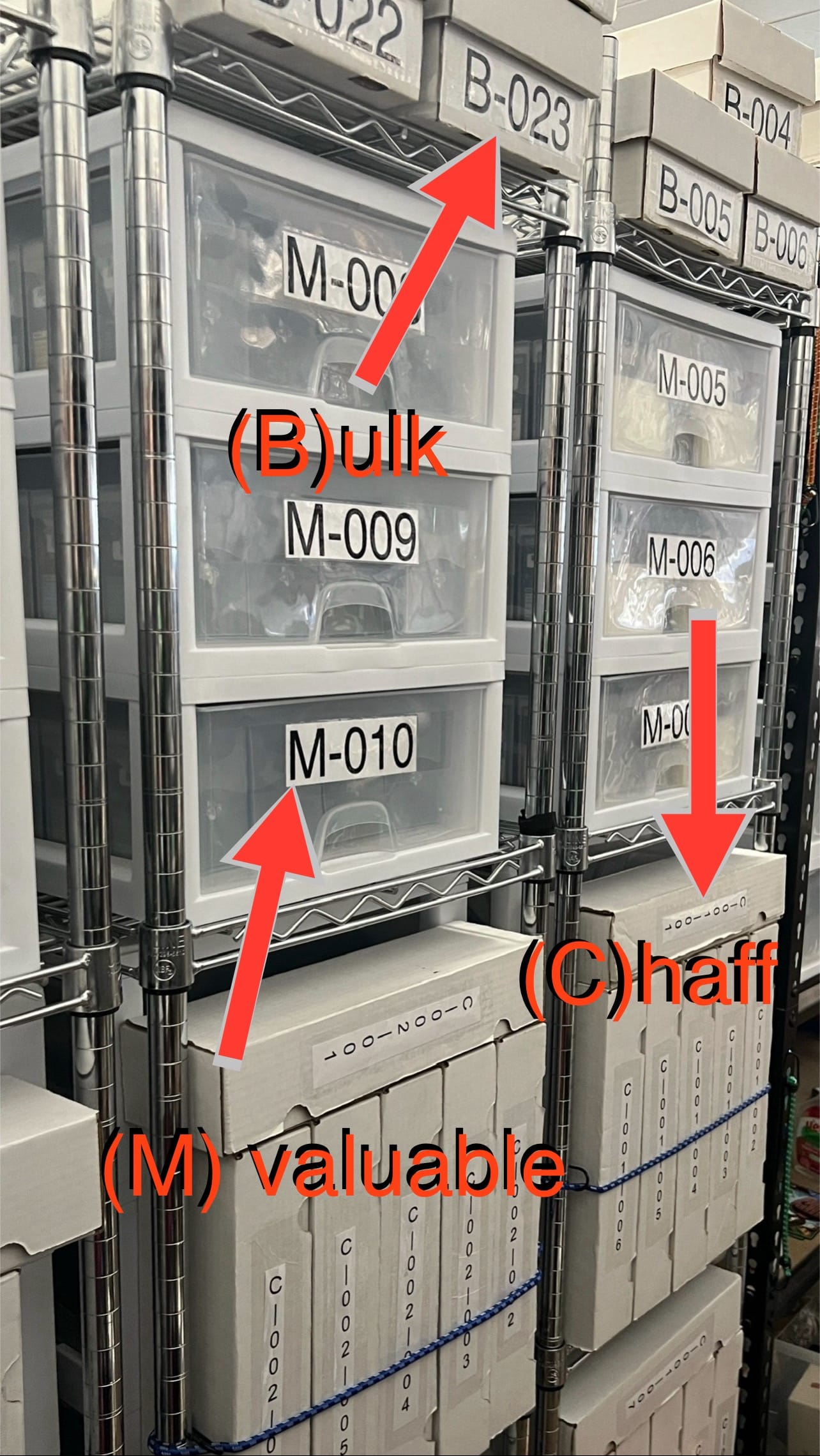
Time Savings, Efficiency, and Error Reduction
3 years on from implementing the system, Matt says that the benefits of bin sorting can’t be overstated. He’s saving himself hours every day by not alphabetizing his inventory and not a single card has gone missing.
“I’ve saved an incalculable amount of time with bin sorting!”
His system is even more valuable now with the explosion of reprints and alternate printings in new sets. Set sorting and alphabetizing cards now means that alternate printings of a card will be grouped together and that can be confusing for non-experts when picking cards. With bin sorting, when they pick a card, they can be confident that it’s the exact card they should be grabbing.
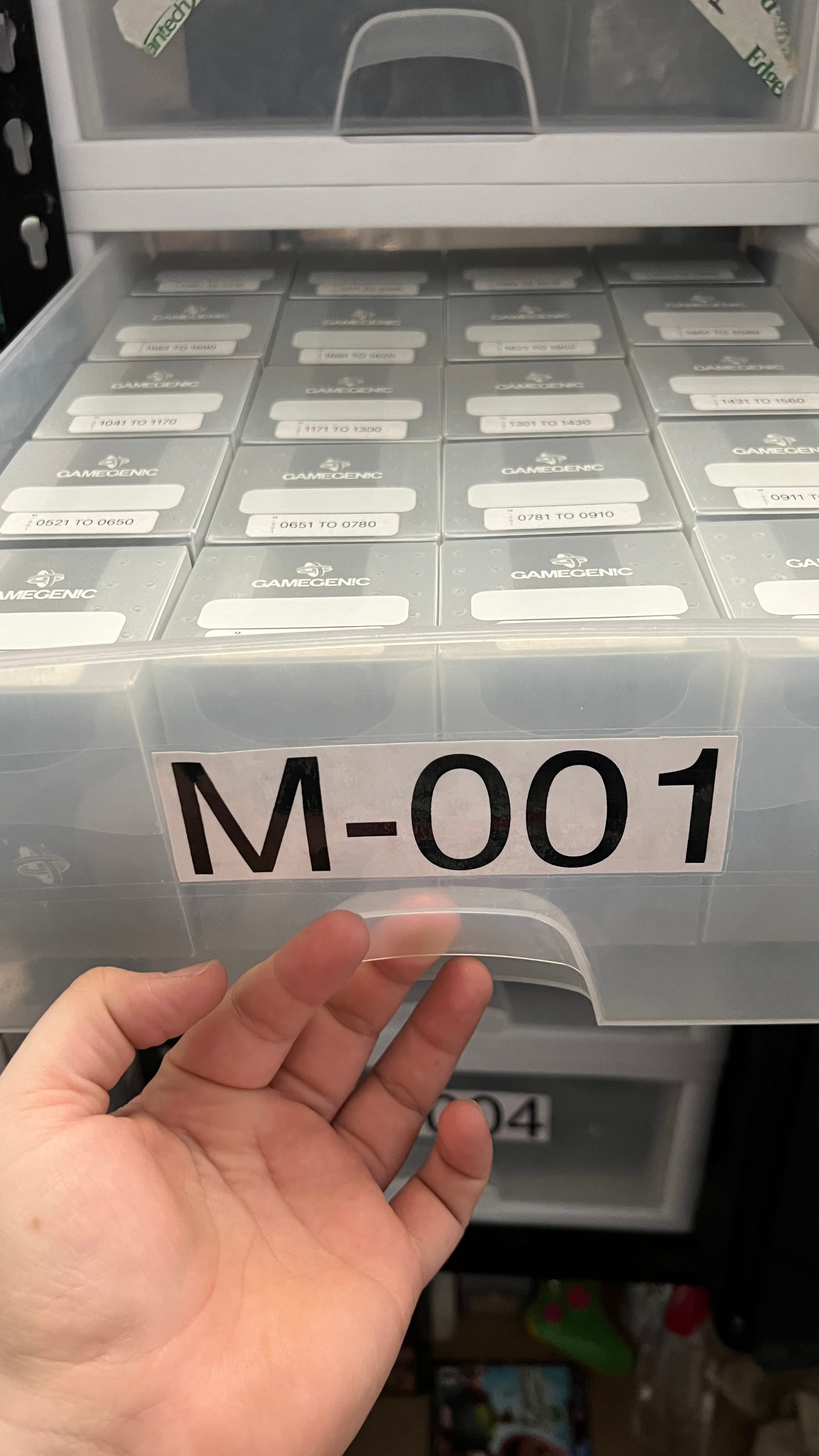
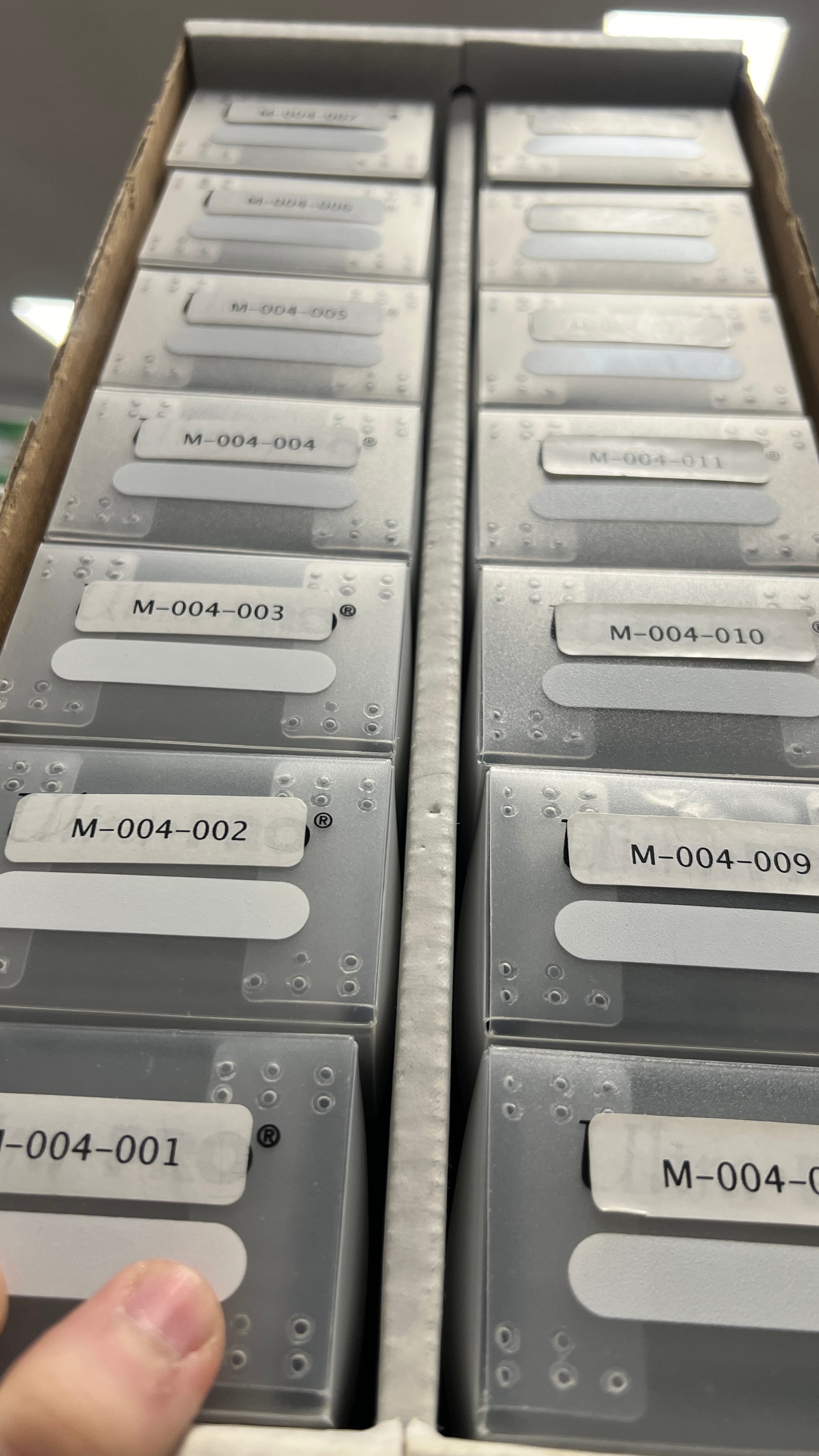
Challenges, Tweaks, and Lessons Learned
Matt has only needed to make minor adjustments to the system since implementing it. He needed to develop a verification system to ensure that location data is deleted and updated after a card is sold - this step was sometimes missed by his employee. As expected with any system, human error needs to be accounted for and the effects minimized. Matt believes that his system is more robust in the face of human errors as there’s less human involvement in the input stage - errors with alphabetizing in the input stage are easy to make when a person is processing thousands of cards.
“Almost any problem can be solved with improvements to the software.”
The potential for increased picking time when fulfilling orders of playsets was a concern for Matt when he started out. However, he hasn’t noticed an undue amount of time being spent on this. If it does become a problem for him in the future, he has plans to extend his software to suggest optimal storage locations alongside matching cards.
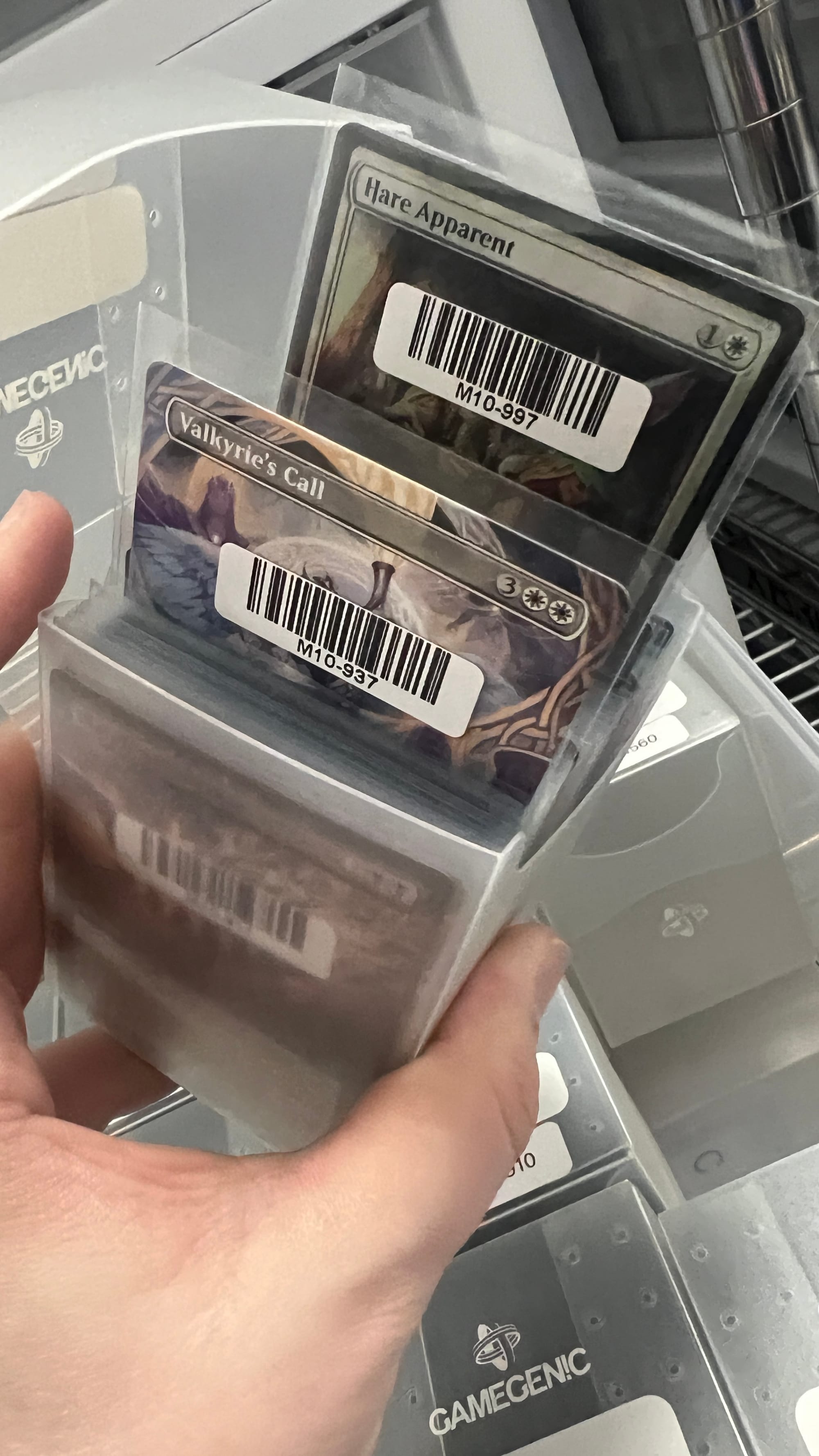
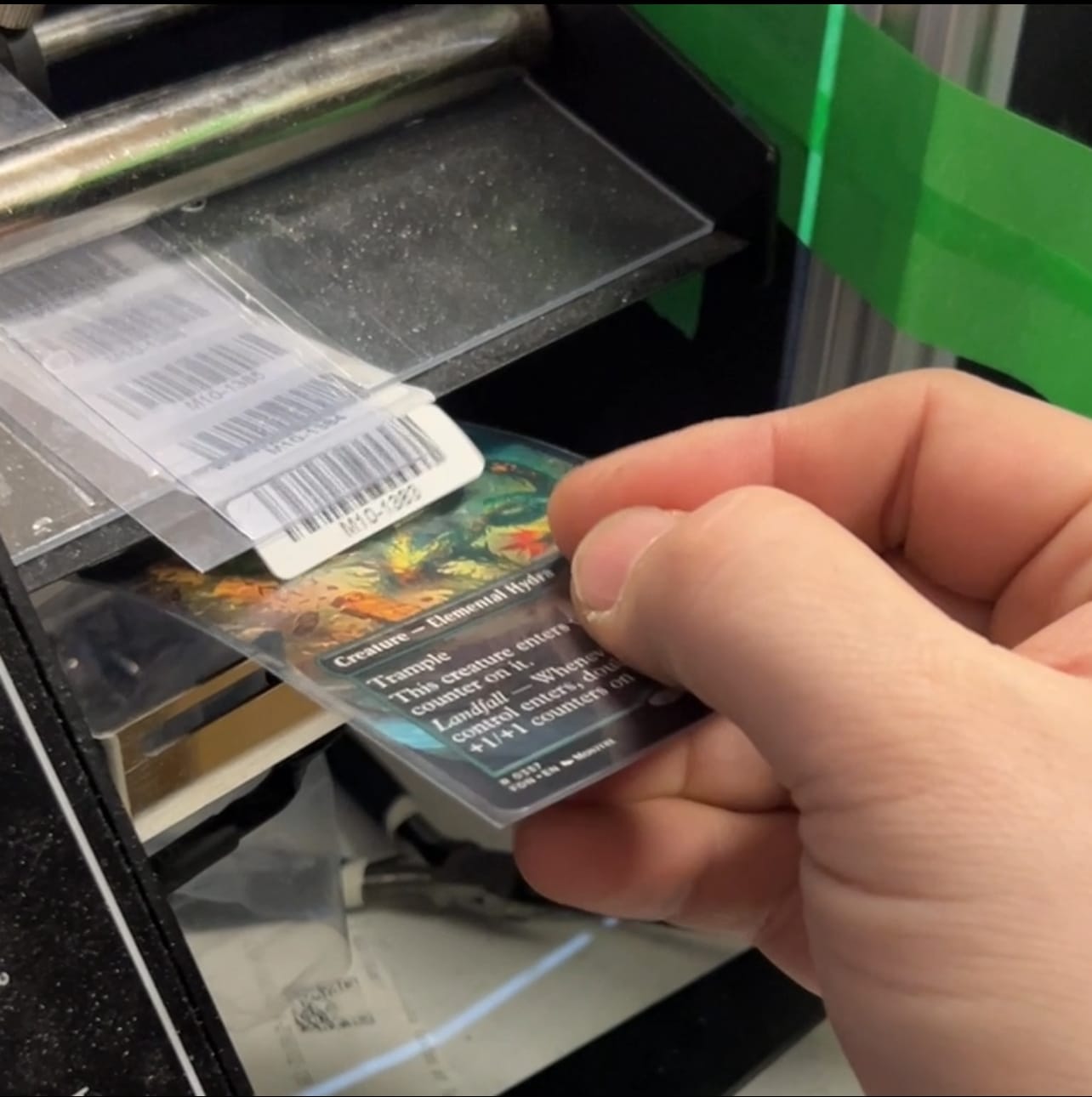
Advice for Implementing Chaos Warehousing in Your Store
Matt thinks that too many stores are sticking with the status quo of alphabetization and not seeing the inefficiencies of that approach. He encourages all store owners to always be looking for ways to improve their operation and cut out time consuming tasks where possible.
“If you’re alphabetizing, you’re already bin sorting - just in a human readable way! You’re only a few steps away from true efficiency.”
For anyone considering a bin sorting approach for their operation, he has the following advice:
- Sifting for value cards is key - this allows you to focus your efforts on the cards that are more likely to be purchased and therefore worth the effort.
- Focus efforts on smaller batches of cards - larger batches lower efficiency of storage and increase picking time.
- Get your team on board - if you aren’t a solo operator, make sure your team understands both how the system works and why you are switching. No system will work optimally if it doesn’t have support from the people using it.
- Chat with him - Matt loves to talk about his system and help others to see the benefits. If you want to know more about how his system works or how you could roll out something similar at your store, reach out to him at matthew.balcom.ca.
Conclusion
So there you have it - not only is it possible to roll out chaotic warehousing for TCG singles, it has been proven to have massive benefits. From the obvious advantage to cutting out hours spent sorting cards alphabetically to the efficiency improvements in the face of reprints and alternate art printings, Matt’s operation has clearly benefited from his system.
So what’s stopping you from trying something similar? One issue might be that you don’t have the same software development skills in house as Matt did. That’s where we come in!
We have long had plans to develop our own software that will enable anyone to implement chaotic warehousing. The infrastructure of our platform has been built to allow this. The next steps are underway - working on the specific features that will allow stores to track locations and sync with pull lists from sales platforms.
We are looking for stores to join a focus group to help us develop the system. If you are interested in participating, click here to let us know via email!
